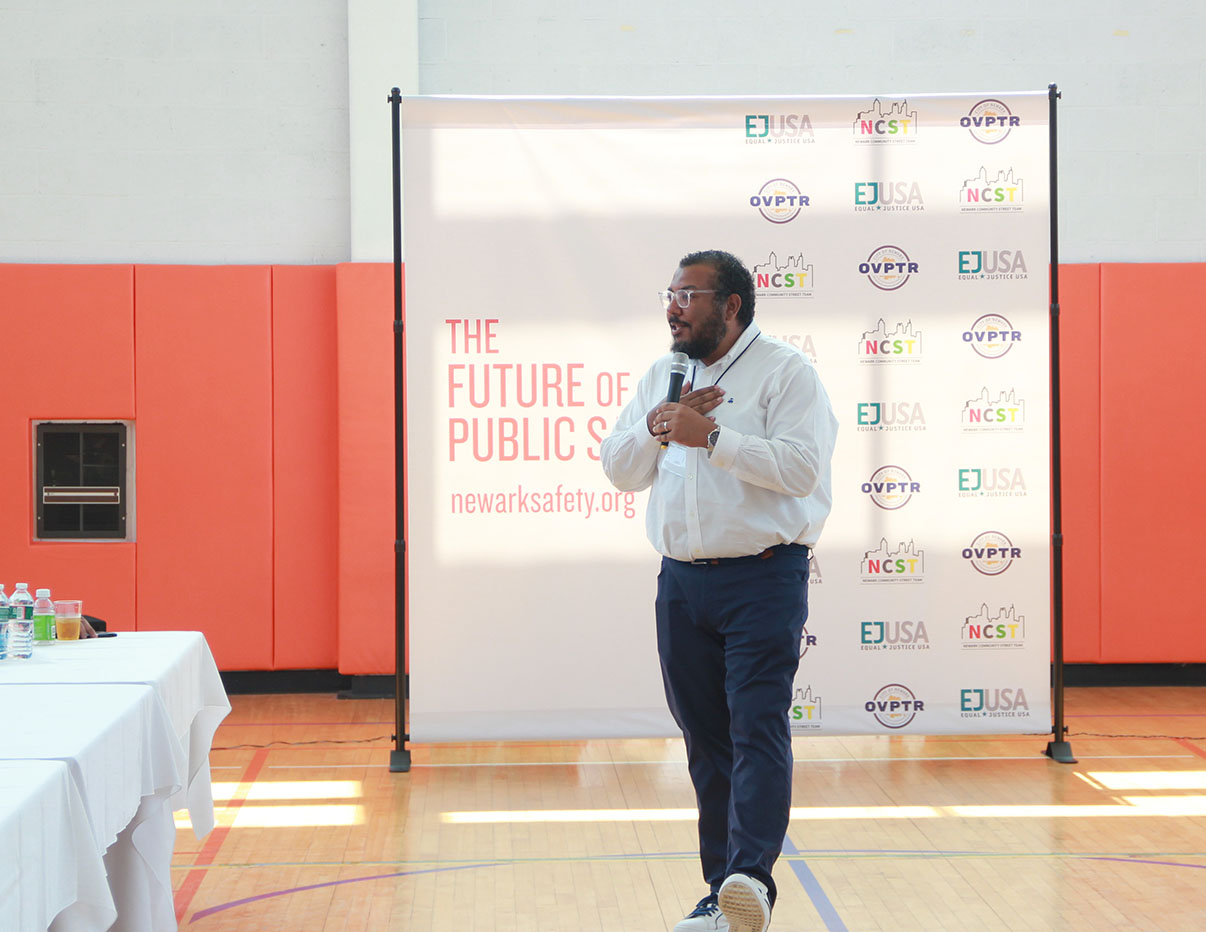
During his 2023 State of the Union Address, President Biden could mention investment into community violence interventions or non-carceral responses only by pairing it with his stated support for continued investment into policing (this comes on the heels of the Safer Communities Act, where the White House funded 100,000 police in communities across the U.S.).
What a moral conflict: to fund the lifesaving work happening in communities all across our country we must also continue to invest in policing which in 2022 was the deadliest year for police violence. Our nation’s priorities must shift. Specifically, we have to fund community-based solutions by shifting funds away from policing as we bring significant reforms to the institution.
In recent years, there has been a growing movement to shift the focus of public safety away from traditional policing models and towards community-based solutions. These strategies involve mobilizing community resources and networks to address the root causes of violence — such as poverty, unemployment, and lack of access to mental health services — rather than relying on law enforcement to respond to violent incidents after they occur. While these strategies have been shown to be effective in reducing violence in communities across the country, they cannot succeed without a significant shift in funding priorities.
The police are an institution designed to enforce the law, often through the threat or use of force, which makes them poorly suited to addressing the root causes of violence. In fact, police often exacerbate the harm/violences of systems on marginalized communities. They are not trained to provide the kind of wraparound services that are necessary to address issues like poverty, mental health, and substance abuse, nor are they equipped to build the kinds of trusting relationships with community members that are necessary for effective violence prevention. We must also not overlook the fact that modern policing was founded during the era of slavery and that those seeds of racism and bias have for so long gone unaddressed and continue to sprout through to today.
The data on the disproportionate use of force and deadly force on people of color by police only reinforces the need for a shift away from policing as we currently know it. In 2022, the deadliest year for police violence in our nation’s history, the racial disparities persisted. Twenty-five percent of those killed by law enforcement were Black despite Black people making up just 13% of our populations.
A study by the National Academy of Sciences found that Black people are three times more likely to be killed by police than white people. Another study by the Center for Policing Equity found that, even after controlling for crime rates and other relevant factors, Black people are still more likely to be stopped, searched, and arrested by police than white people. These disparities are more than unjust; they also erode trust between communities of color and law enforcement, making it more difficult for police to effectively address harm in the community.
If we want to create truly safe and healthy communities, we need to invest in community-centered public safety ecosystems that prioritize the needs of community members over the interests of law enforcement agencies. This means investing in programs that address the root causes of violence: job training, mental health services, and affordable housing. It also means investing in programs that build trust between community members and law enforcement, like Trauma to Trust, a 16-hour experience that creates space for community residents such as survivors of violence, formerly incarcerated people, and community activists to have a guided conversation with local police officers. In short, it means investing in programs that recognize the interconnectedness of issues like poverty, mental health, and harm, and that seek to address these issues through a holistic, community-centered approach.
Of course, shifting resources away from law enforcement and towards community-based violence intervention strategies is easier said than done. There are powerful interests that benefit from the status quo, including police unions and private prison companies. There is also a pervasive cultural belief in the effectiveness of law enforcement, despite mounting evidence to the contrary.
However, there are signs of progress. Some cities, like Newark, New Jersey, and Baton Rouge, Louisiana, have begun to invest in community-centered public safety models, with promising results. And we must recognize that this movement to fund communities over policing, while controversial, has brought much-needed attention to the need for a shift in funding priorities.
Ultimately, the choice between community-centered public safety ecosystems and traditional policing models comes down to a question of values. Do we value a system of justice that prioritizes punishment and force, or do we value a system of justice that prioritizes safety, healing, and accountability that repairs? The evidence is clear that the latter is more effective at reducing violence and building stronger, more resilient communities. It’s time to invest in that vision of the future.



